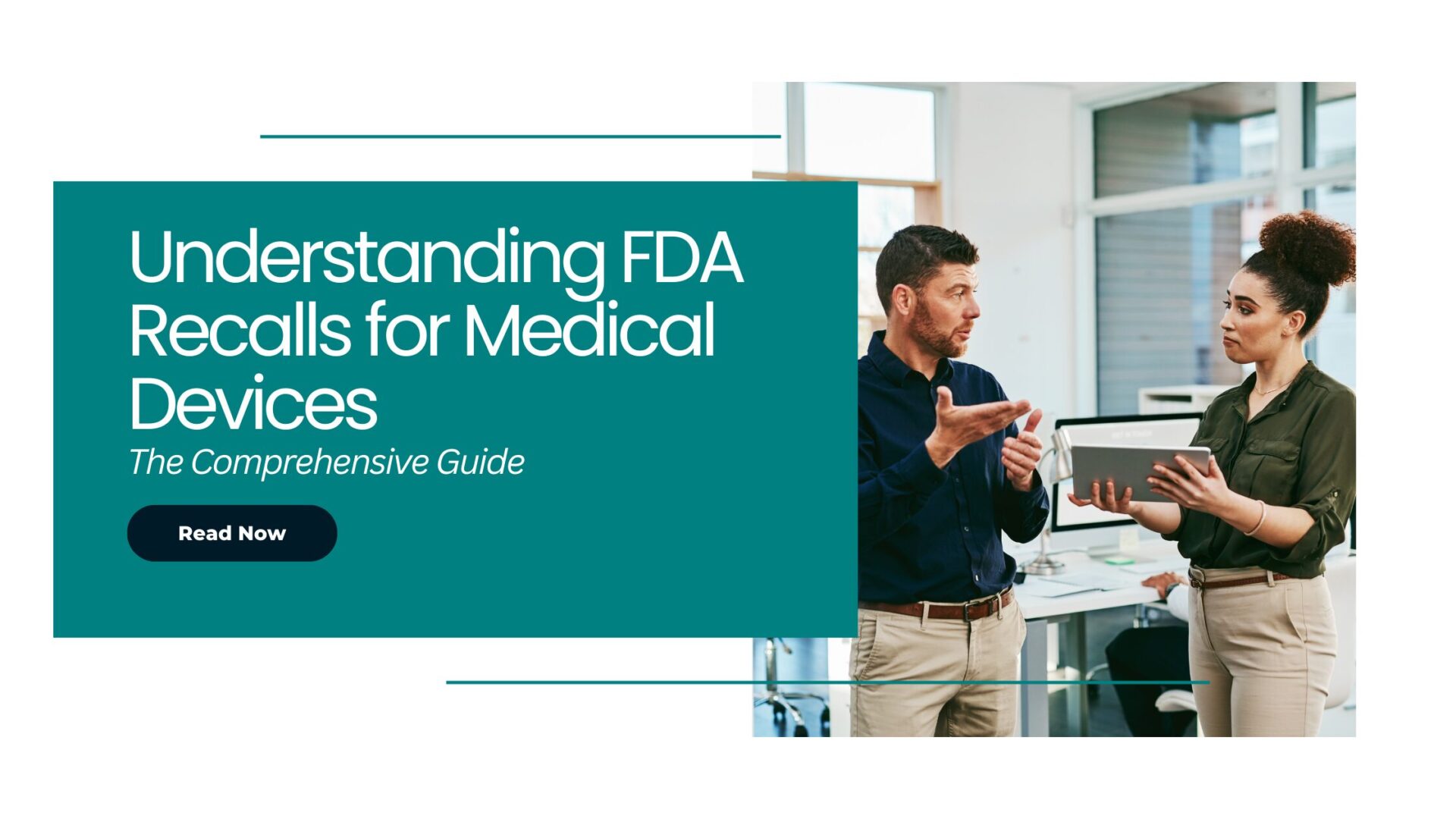When it comes to selling cosmetics in the market, ensuring product safety and regulatory compliance is of utmost importance. One essential document for this purpose is the Cosmetic Product Information File (PIF).
The cosmetic PIF is a comprehensive document that contains all the necessary information about your cosmetic product and plays a vital role in ensuring product safety and compliance with regulations.
In this blog, we will discuss:
So, let’s begin our discussion…
What is a Cosmetic PIF?
The Cosmetic Product Information File (PIF) is a detailed & one of the key documents that should be created and maintained by the responsible person or company placing a cosmetic product on the market. The primary purpose of this file is to provide evidence of product safety and compliance with relevant regulations.
Key Components of a Cosmetic PIF

Below, we have the list of information that must be included in the Cosmetic PIF. Each of the following points demonstrate a specific necessity for regulatory compliance. Right from detailed product description, identification to regulatory documentation, you should include everything in this file.
We, at Elexes have professionals who can help you aggregate and prepare the file with all the key components mentioned below. All you have to do is contact us.
Start your PIF with a clear and precise product identification, including the product’s name, function, and intended use.
You can determine if your product falls under cosmetic, drug, or both by understanding the specification of each one of these categories. We have a complete guide that can help you with this – Whether your product is a cosmetic, drug or both?
Once you have determined that your product falls under cosmetics category, it is vital that you provide a detailed description of your product, including its physical characteristics, such as color, scent, texture, and form.
List all ingredients used in your cosmetic product, indicating their concentrations. Include International Nomenclature of Cosmetic Ingredients (INCI ) names and Chemical Abstracts Service (CAS) numbers must be included in the Cosmetic PIF.
Describe the manufacturing process, including quality control measures and any critical steps during production in the Cosmetic Product Information File (PIF).
Include a comprehensive safety assessment of the cosmetic product. This assessment should cover data on toxicological, chemical, and microbiological safety, as well as potential risks.
Provide information about the packaging and labeling of your product, ensuring it complies with relevant regulations regarding ingredient disclosure, batch coding, and warnings.
Include data on the stability of the product under different storage conditions, including shelf life studies and packaging integrity assessments in the Cosmetic PIF.
Clearly state any claims made about the product, ensuring they are substantiated and not misleading. This includes claims related to efficacy, benefits, and safety.
Include clear and concise instructions for consumers on how to use the product safely and effectively.
Mention any specific tests conducted, such as dermatological tests, ophthalmological tests, or clinical trials, and provide the results of these tests.
Ensure that the cosmetic PIF contains all the necessary regulatory documentation, including compliance with the EU Cosmetic Regulation (EC) No 1223/2009.
Clearly state the contact information of the responsible person or company, as well as the address where the PIF is located.
The Significance of a Well-Prepared PIF
A well-prepared Cosmetic PIF not only ensures regulatory compliance, but also helps protect consumers and build trust in your brand. In the event of a product recall or safety issue, a comprehensive PIF can be invaluable in demonstrating due diligence and adherence to safety regulations.
In conclusion, creating a thorough and accurate Cosmetic Product Information File (PIF) is a fundamental step in the cosmetics industry.
By including all the essential elements mentioned above, you can demonstrate your commitment to product safety and compliance, ultimately benefiting both your business and the well-being of your customers.
Remember that regulatory requirements may vary by region, so it’s important to stay informed about the specific guidelines applicable in your target markets.





















